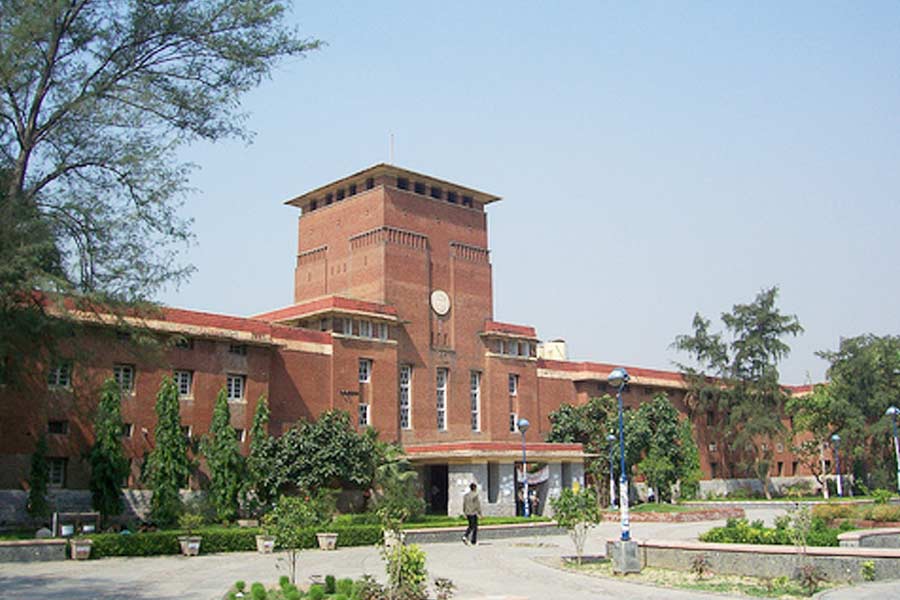 |
Aug. 21: Imagine a journey you start but that your grandchildren have to finish.
Within 12 weeks, a US government agency will make the first decisions about flying mankind to the nearest inhabitable planet, and whether we leave the solar system in giant tankers or personal “space yachts”, in deep sleep or in frozen embryos.
The brainchild of the Defence Advanced Research Projects Agency (Darpa), the US government agency that laid the bedrock for the Internet, an initial symposium in September will seek to draw up ground rules for the exploration and colonisation of worlds beyond the solar system.
Any such mission could take a century to plan — hence the project’s name, the 100-Year Starship Study — and a further 100 years to complete the journey from Earth, even if science achieves a series of necessary breakthroughs to reach stars light years away.
Yet this is not the science fiction of George Lucas, Gene Roddenberry or Steven Spielberg. Darpa is a serious organisation with an impressive history.
Created during the cold war in an effort to reduce the Soviet Union’s lead in the space race, it is credited with producing ideas for the military that percolate down to civilian life.
As well as its involvement with the Internet, it has built hypersonic planes that may one day replace Concorde.
It is currently testing driverless cars in the Californian desert, remote-controlled mechanical insects for crowd surveillance and thought- activated prosthetic arms.
Darpa’s director, Regina Dugan, 48, will oversee the three-day meeting in Orlando, Florida, home to Nasa and the now defunct space shuttle fleet, and award a pounds 300,000 “seed prize” to an organisation judged to have the flair to assess the requirements of any mission.
The scientific challenges are, by any measure, bewildering. Voyager 1, the space probe launched in 1977 and mankind’s fastest object — travelling at 38,000mph relative to the sun — would take 70,000 years to reach Alpha Centauri, one of the stars closest to Earth. It is about 4.35 light years away.
Even a spacecraft propelled by the pressure waves of atomic bombs dropped every three seconds, a theory championed by the British Interplanetary Society, would take hundreds of years to make the journey.
Just as important as the science, however, will be questions about the mission’s destination -- there are 59 stellar systems within 20 light years of the sun; its legal ramifications; the sociological impact and the philosophical issues.
And who would travel?
Should it be small teams of scientists on bare-bone vessels, following in the wake of unmanned craft already on their way out of the solar system, or gigantic ships crammed with a cross-section of humanity?
If big ships used to “seed” the universe are the preferred option, should volunteer families be chosen or should frozen embryos, only triggered into growth as the mother ship approaches its final destination, be dispatched?
“The first rule to go will be Nasa’s no-sex-in-space diktat, which, if the rumour is true, has already been broken anyway,” said a former Nasa scientist last week.
“Otherwise this ‘village in space’ will rip itself apart in weeks. But what about religion, people who change sexual tastes and relationships over the years, law and order?
“Do we want them to represent a current fixed vision of humanity or to feel free to adapt and become something else out there? There are many questions to be answered before I would set foot on such a ship. And even then, these travellers will probably tear up the rule book anyway.”
Darpa is not the first to pay for such research. Having spent nearly pounds 1m collating the latest research, Nasa dumped its Breakthrough Propulsion Physics Project in 2003 with a brief conclusion: “No breakthroughs appear imminent.”
By contrast, Darpa, despite insisting it will end its active involvement in November, hopes that the investment will lead to the kind of breakthrough that could turn science fiction into fact.
David Neyland, its director of tactical technology, said: “Darpa hands the keys over to this entity and we wish them well.”
THE SUNDAY TIMES, LONDON










